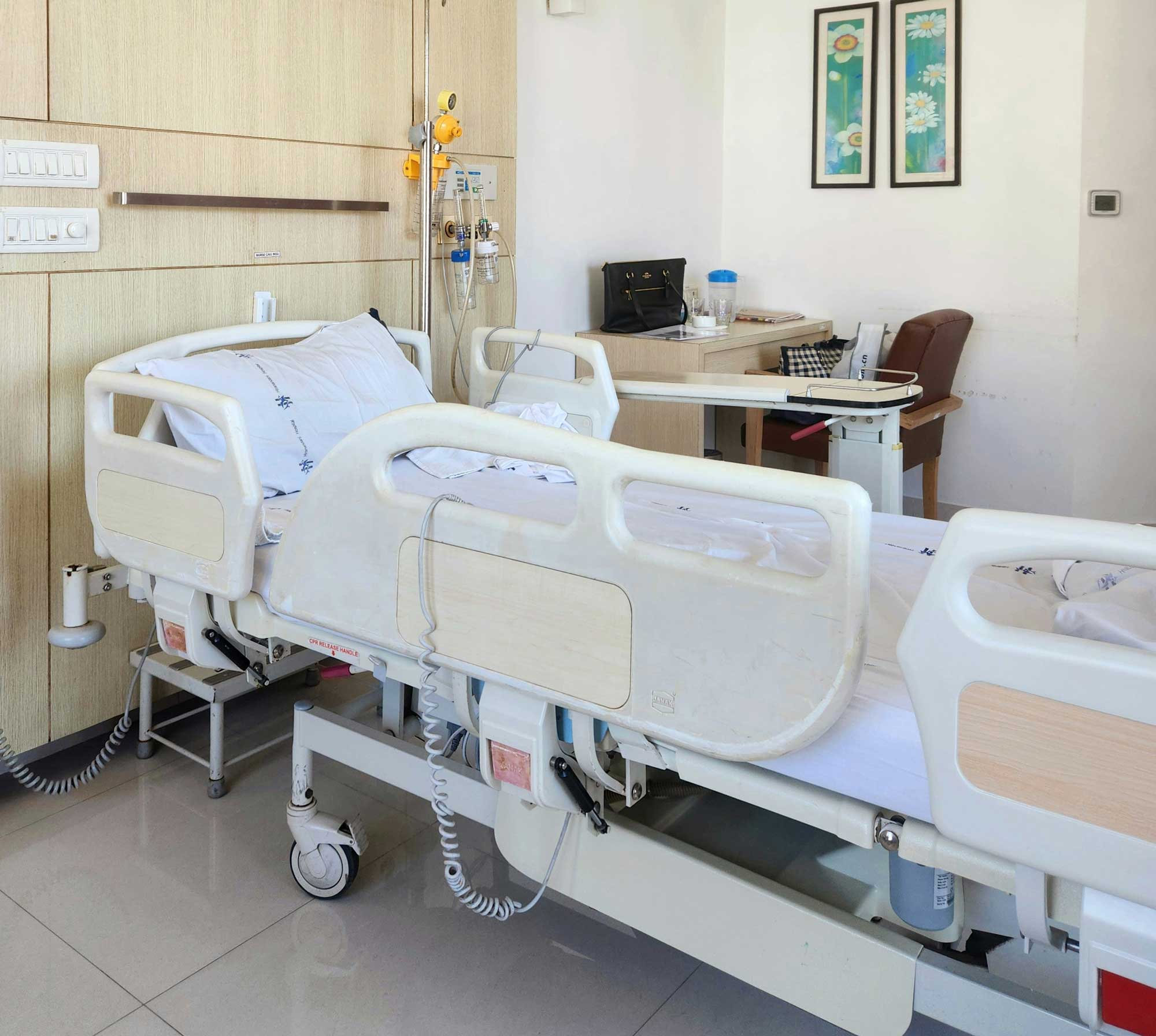Bed rails are metal or plastic bars positioned along the side of a bed, also commonly known as side rails. The rails may extend the length of the bed or less, such as a quarter or half length. Some people use bed rails to help pull themselves up, turn in bed, or to get out of bed. Others may use a bed rail thinking it will prevent an older adult from falling out of bed or keep an individual with dementia from getting out of bed and wandering.
Some bed rails are attached to the bed as part of a “bed system.” Bed rails that are part of a bed system are found on hospital beds, in most nursing homes and in medical supply companies that rent hospital beds for use at home. There are also portable bed rails that can be purchased by consumers directly and attached to a bed.



